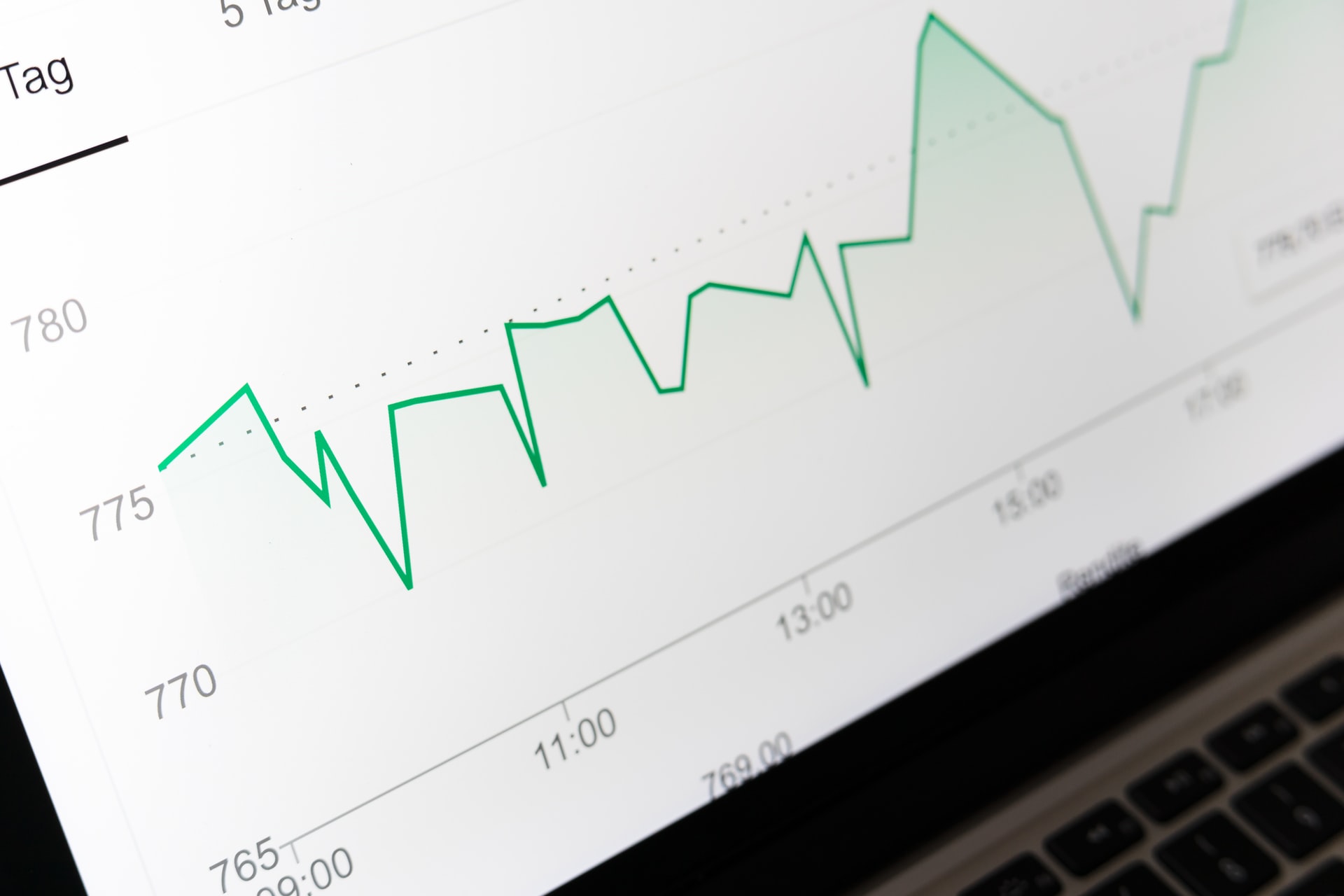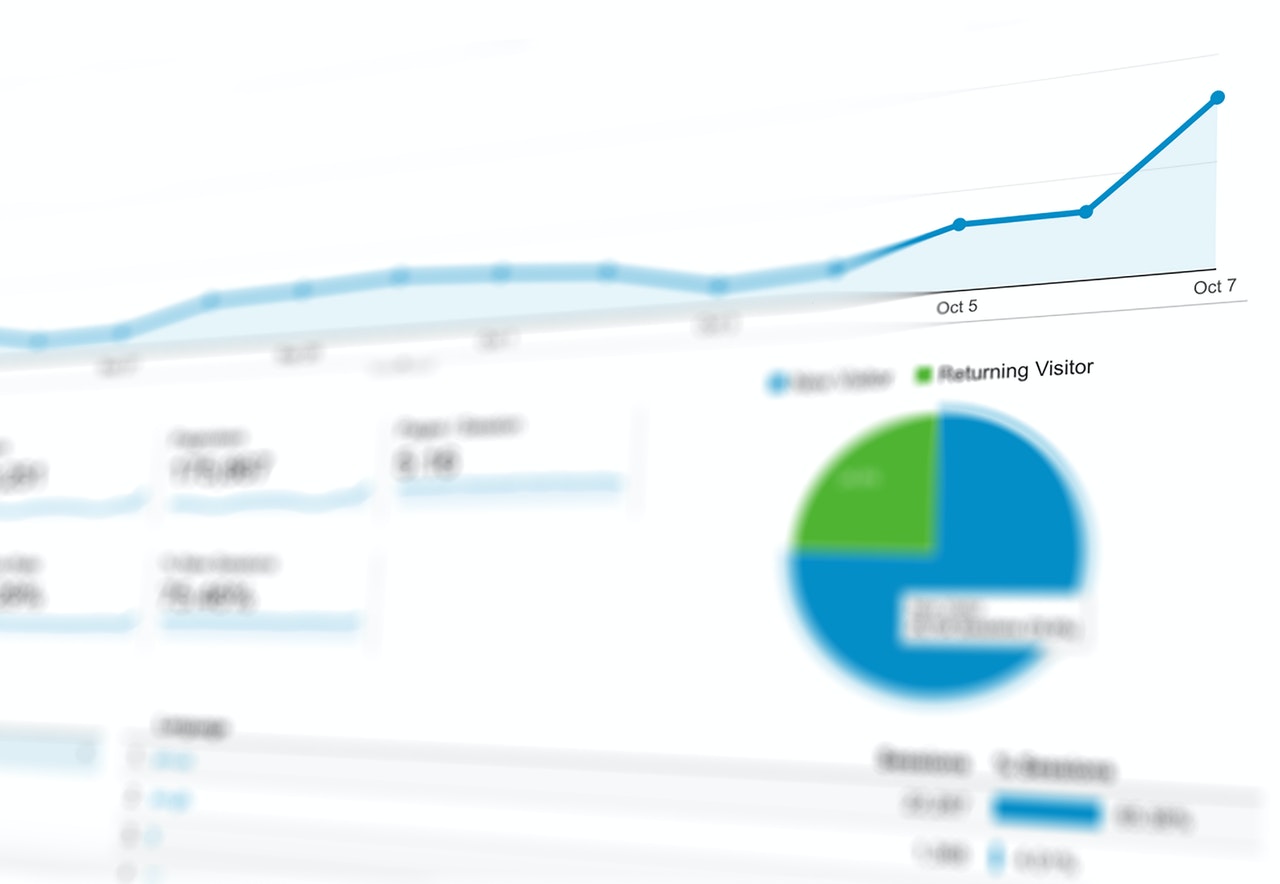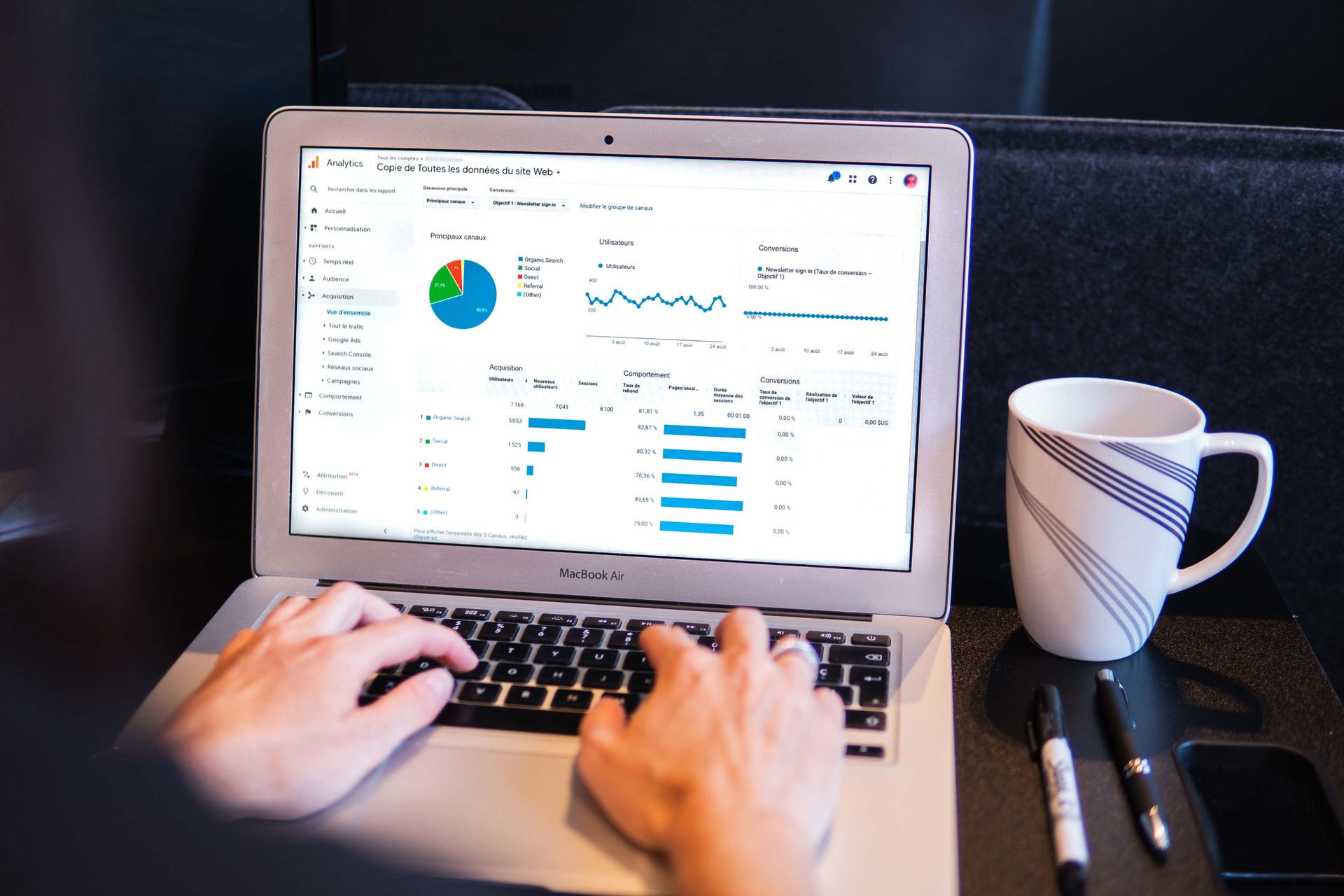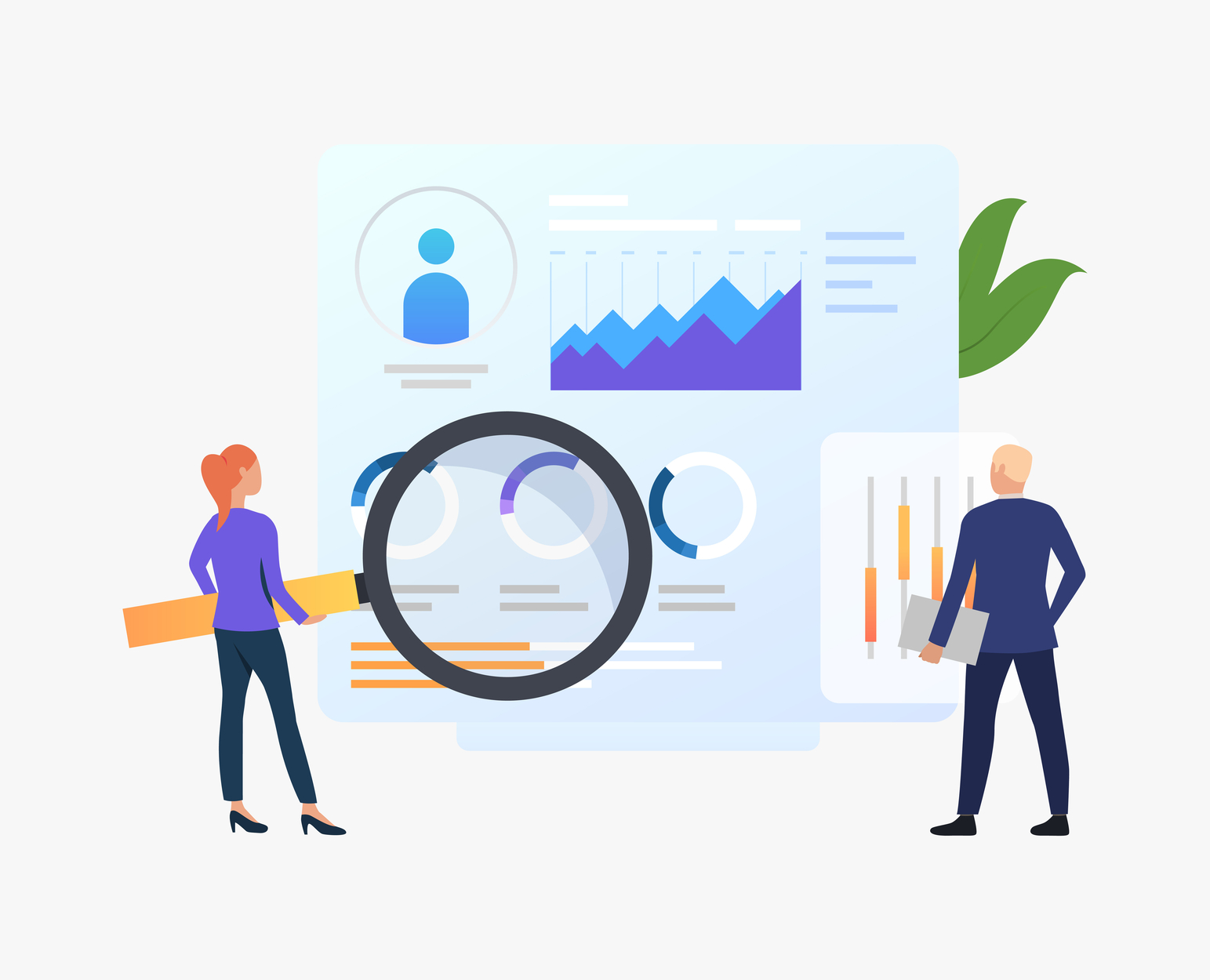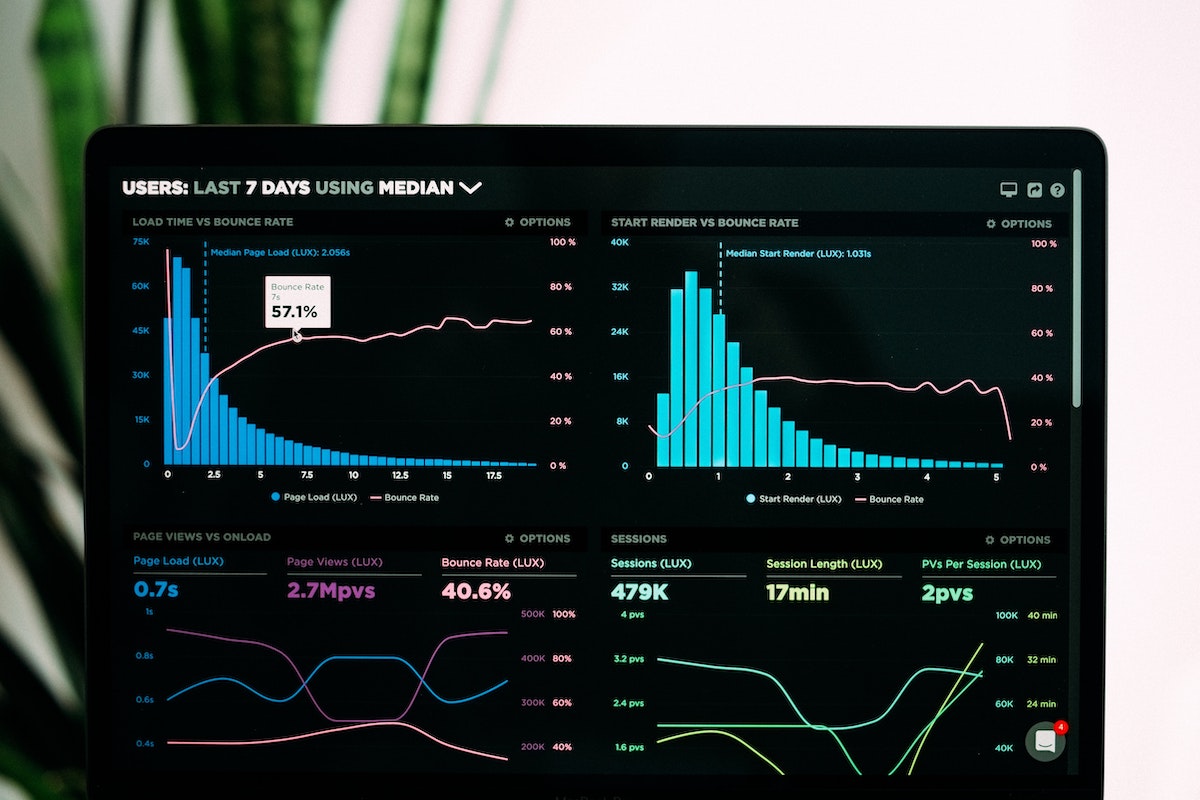The Best Marketing Analytics Tool
April 15, 2022
9 Ways To Optimize Your Website for Better Analytics
February 20, 2022
SEO Monitoring: How to Track Your SEO Progress
February 7, 2022
Qualitative and quantitative data in web analytic
August 11, 2021
Using Digital Marketing Analytics to Grow your Business
October 22, 2020
Five Tips on How to Collect and Analyze Data
June 4, 2020

